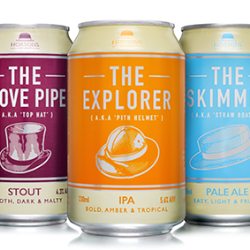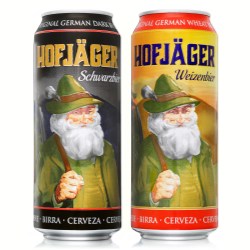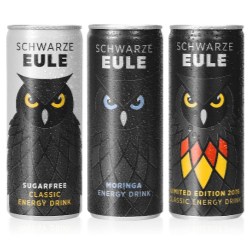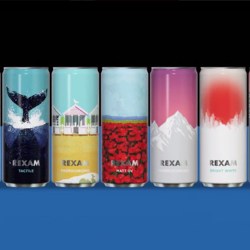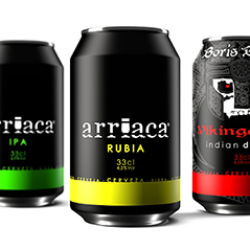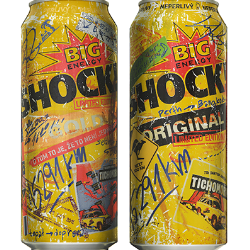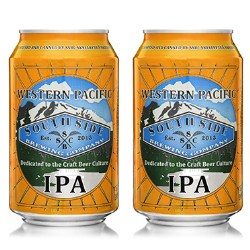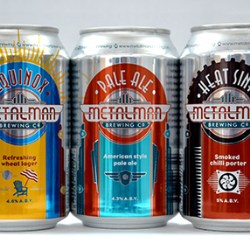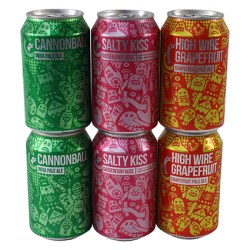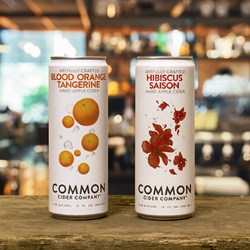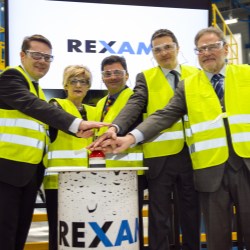Public
Ball Corporation - Europe & Asia
Ball Corporation - South America
Ball Corporation Blog
Ball Corporation Catalog
Ball Corporation Gallery
Ball Corporation Locations
Ball Corporation News
Ball Corporation- North America
Ball Corporation Videos
If this is your company, CONTACT US to activate Packbase™ software to build your portal.

Ball Corporation
Ball Corporation is a provider of metal packaging for beverages, foods and household products, and of aerospace and other technologies and services to commercial and governmental customers.
Founded in 1880, the company employs more than 14,500 people worldwide. Ball Corporation stock is traded on the New York Stock Exchange under the ticker symbol BLL.
Proud of our rich history, we recognize the whole of our community is greater than the sum of its parts. Most importantly, we believe in our people, our culture and our ability to deliver value to our stakeholders. Though we encourage and embrace our diversity of thought, business, location and language, we are One Ball, valuing:
Uncompromising Integrity
Being Close to Our Customers
Behaving Like Owners
Focusing on Attention to Detail
Being Innovative
Ball Packaging Americas
Ball Packaging Americas is comprised of the Metal Beverage Packaging, and Metal Food and Household Products Divisions.
With 23 plants in the USA, Canada and Brazil (Latapack-Ball), the Metal Beverage Packaging Division manufactures 2-piece beverage cans and ends as well as Ball's Alumi-Tek bottles made of aluminum in a variety of sizes for beer, carbonated soft drinks, fruit juices, milk, yogurt drinks, coffee and tea.
Metal Food and Household Products Division manufactures 2- and 3-piece food cans, as well as aerosol cans and slugs in 17 plants located in the USA, Canada and Argentina.
Ball Asia Pacific, Limited
Ball Asia Pacific Limited, a wholly owned Ball Corporation subsidiary, manufactures two-piece beverage cans and ends made of aluminum for beer, carbonated soft drinks, fruit juices, milk, yogurt drinks, coffee and tea, as well as plastic blow mold and injection molded containers for oil, lube (grease), daily care and general household products.
Ball Asia entered China in 1985 as a minority shareholder in Guangzhou M.C. Packaging (Hong Kong) Ltd., and, in 1992 became a partner in FTB Packaging Ltd. In 1997, the company acquired, through FTB, an approximate 75% controlling interest in M.C. Packaging. In 2001, Ball Asia sold its general line business in China and Hong Kong to focus on metal beverage cans and ends. In 1999, the company entered into a joint venture with ExxonMobil (“EM”) to produce plastic containers for EM's oil and lube products. Ball Asia recently acquired EM’s interest in the joint venture and has expanded its product range to other customers.
Through its wholly-owned plants and joint ventures, Ball Asia employs approximately 1,400 employees and supplies approximately 30% of the 2- piece metal beverage container market in China (including Hong Kong).
Ball Packaging Europe
Ball Packaging Europe GmbH is one of the leading beverage can producers in Europe. Twelve production plants situated in close proximity to clients in Germany, France, the United Kingdom, the Netherlands, Poland and Serbia ensure that the company has extensive presence both in the traditional core markets of western Europe and also in the significant growth regions of eastern and southern Europe.
Ball Aerocan
Ball Aerocan, a leading supplier in Europe, manufactures aluminum aerosol cans, bottles, and slugs for customers in the personal care, pharmaceutical, beverage and food industries. It operates three aerosol can and bottle manufacturing plants - in Velim, Czech Republic; Bellegarde, France; and Devizes, United Kingdom with an aluminum slug plant in Beaurepaire, France.
Ball Aerospace & Technologies Corporation
Ball Aerospace & Technologies Corp. is a subsidiary of Ball Corporation. Ball Aerospace is a leader in design, development and manufacture of innovative aerospace systems. We produce spacecraft, instruments and sensors, RF and microwave technologies, data exploitation solutions and a variety of advanced aerospace technologies and products that enable exciting missions.
Ball Aerospace is known for its contributions in support of space and Earth science, exploration, national security and intelligence programs. We were also a pioneer in the development of the commercial remote sensing market, producing imaging systems and spacecraft that helped spawn a new market-driven demand for imagery.


